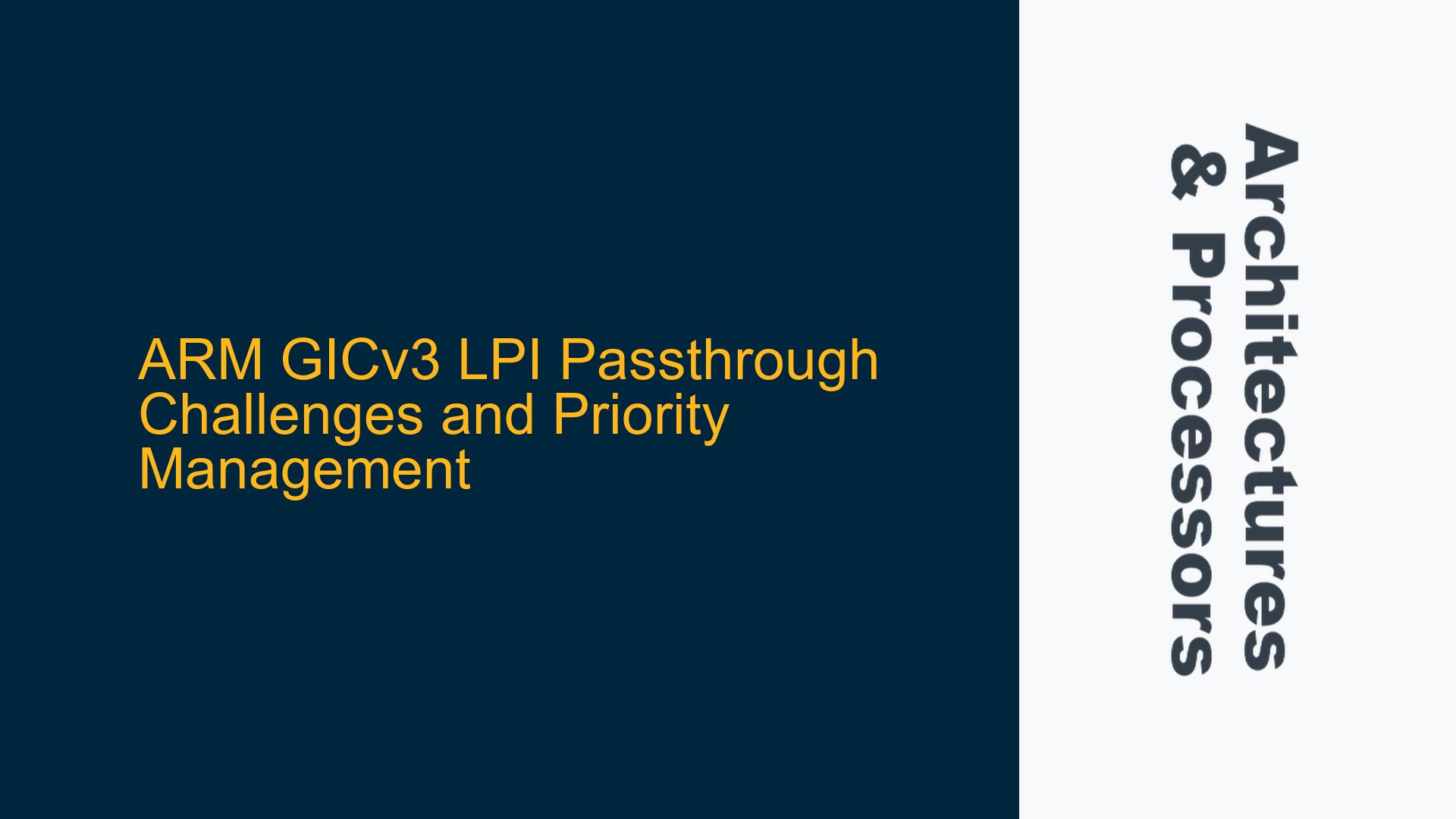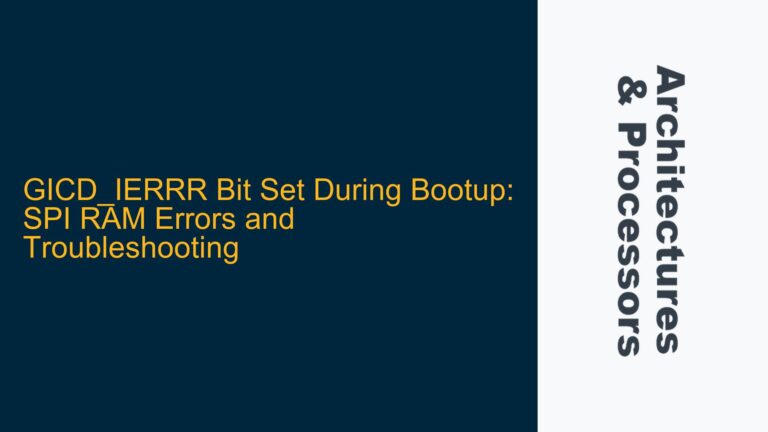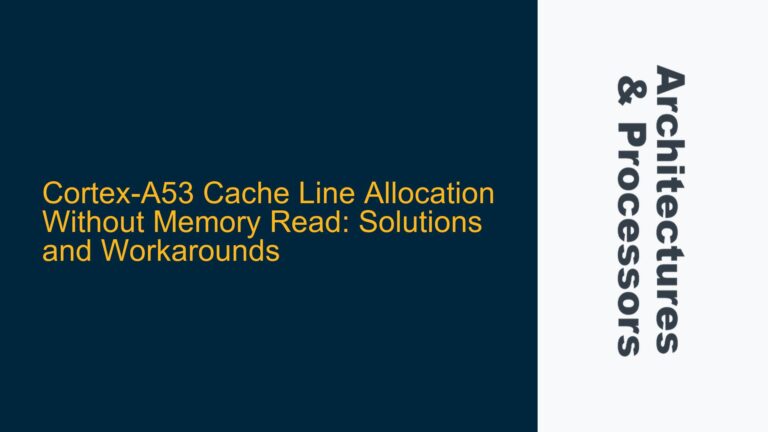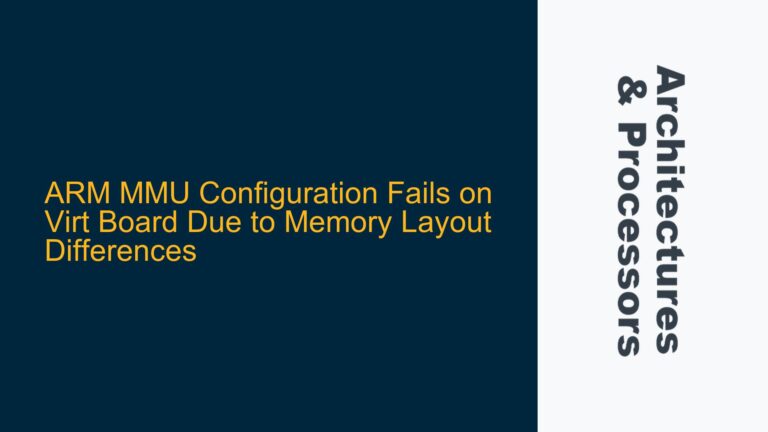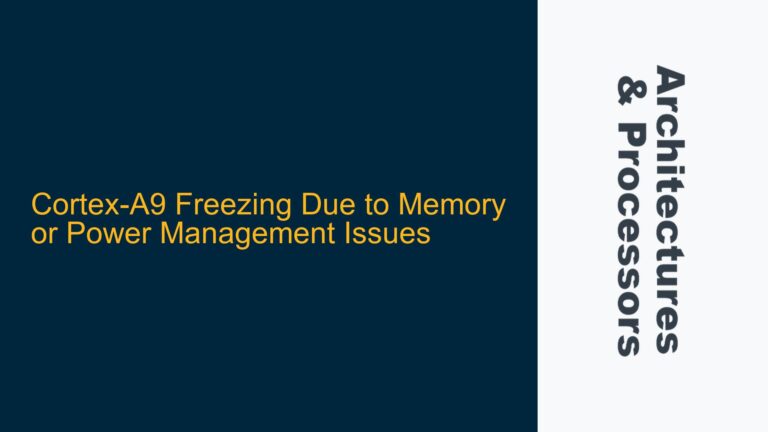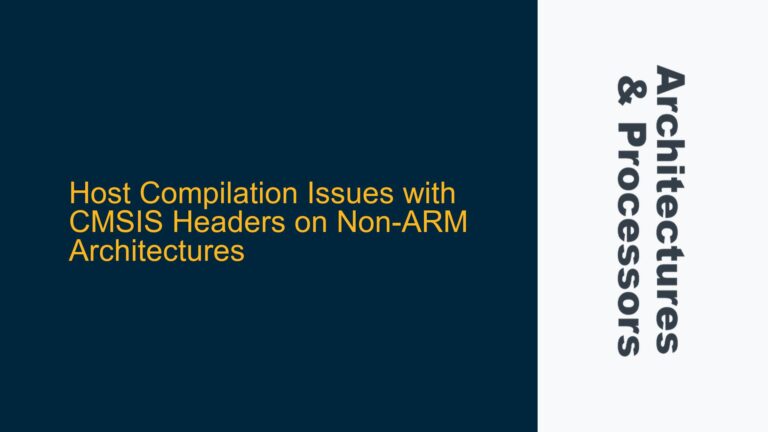ARM GICv3 LPI Passthrough Behavior and State Machine
The ARM Generic Interrupt Controller (GIC) version 3 introduces Locality-specific Peripheral Interrupts (LPIs), which are message-based interrupts designed for high-performance and scalable systems. Unlike traditional wired interrupts such as Peripheral Private Interrupts (PPIs) and Shared Peripheral Interrupts (SPIs), LPIs operate with a reduced state machine, which introduces unique challenges when implementing interrupt passthrough in virtualized environments.
In a typical wired interrupt scenario, passing through a physical interrupt to a guest involves dropping the priority of the interrupt and injecting it into the guest by populating the List Register (LR) with the appropriate physical interrupt ID (pINTID). This ensures that the GIC can automatically deactivate the interrupt when the guest issues an End of Interrupt (EOI). However, LPIs lack an active state and their interrupt IDs do not fit into the pINTID field of the LR, complicating the passthrough mechanism.
The reduced state machine of LPIs means that acknowledging an LPI transitions it directly from the Pending state to the Inactive state. This behavior is fundamentally different from wired interrupts, which transition through an Active state before becoming Inactive. Consequently, if a device generates a new Message Signaled Interrupt (MSI) after the LPI has been acknowledged, the LPI will return to the Pending state and could potentially become the Highest Priority Pending Interrupt (HPPI) for the target Processing Element (PE). This creates a race condition where the hypervisor must handle the possibility of the LPI being re-triggered while the guest is still processing the previous instance.
Hypervisor Strategies for LPI Management Without GICv4
In the absence of GICv4, which introduces direct injection of LPIs into guests, hypervisors must employ alternative strategies to manage LPIs effectively. One approach is to disable the LPI after acknowledging it and re-enable it once the guest has completed processing. However, this method is computationally expensive due to the need for INV (Invalidate) commands to update the LPI configuration tables. Each INV command incurs a significant performance penalty, making this approach less ideal for high-throughput systems.
Another strategy is to allow the LPI to remain enabled and handle any re-triggered interrupts within the hypervisor. If the previous virtual LPI (vLPI) has not yet been consumed by the guest, the hypervisor can merge the new instance with the existing one, similar to how the physical GIC handles multiple instances of the same interrupt. If the vLPI has already been consumed, the hypervisor can queue a new instance for the guest. This approach leverages the existing interrupt handling mechanisms of the GIC but introduces additional complexity in the hypervisor’s interrupt management logic.
A third option, applicable only to systems with GICv4 support, is to utilize direct injection of LPIs into the guest. This feature eliminates the need for hypervisor intervention in most cases, as the GIC can directly manage the injection and deactivation of LPIs within the guest. However, this requires hardware support for GICv4 and may not be available in all systems.
Implementing Efficient LPI Passthrough with GICv3
To implement efficient LPI passthrough in a GICv3 environment, hypervisors must carefully balance performance and complexity. One effective method is to update the pending state in the List Register (LR) without disabling the LPI. This approach minimizes the overhead associated with INV commands and allows the hypervisor to handle re-triggered interrupts dynamically. When a new LPI is detected, the hypervisor can either merge it with an existing vLPI or queue a new instance for the guest, depending on the current state of the vLPI.
Additionally, hypervisors can optimize their interrupt handling logic by leveraging the GIC’s prioritization mechanisms. By ensuring that LPIs are assigned appropriate priority levels, the hypervisor can reduce the likelihood of interrupt storms and improve overall system responsiveness. This requires a deep understanding of the GIC’s priority handling algorithms and the ability to dynamically adjust interrupt priorities based on system load and guest requirements.
In systems where performance is critical and GICv4 is not available, hypervisors may also consider implementing custom interrupt coalescing techniques. These techniques involve batching multiple LPIs into a single virtual interrupt, reducing the number of hypervisor interventions and improving overall system efficiency. However, this approach requires careful tuning to avoid introducing excessive latency in interrupt delivery.
Finally, hypervisors should implement robust monitoring and logging mechanisms to track LPI behavior and identify potential bottlenecks. By analyzing interrupt patterns and performance metrics, hypervisors can fine-tune their LPI management strategies and ensure optimal system performance. This includes monitoring the frequency of LPI re-triggers, the latency of interrupt delivery, and the overhead associated with hypervisor interventions.
In conclusion, managing LPIs in a GICv3 environment requires a nuanced understanding of the GIC’s architecture and the unique challenges posed by LPIs’ reduced state machine. By employing a combination of efficient interrupt handling strategies, prioritization mechanisms, and performance monitoring, hypervisors can achieve reliable and high-performance LPI passthrough in virtualized systems.
